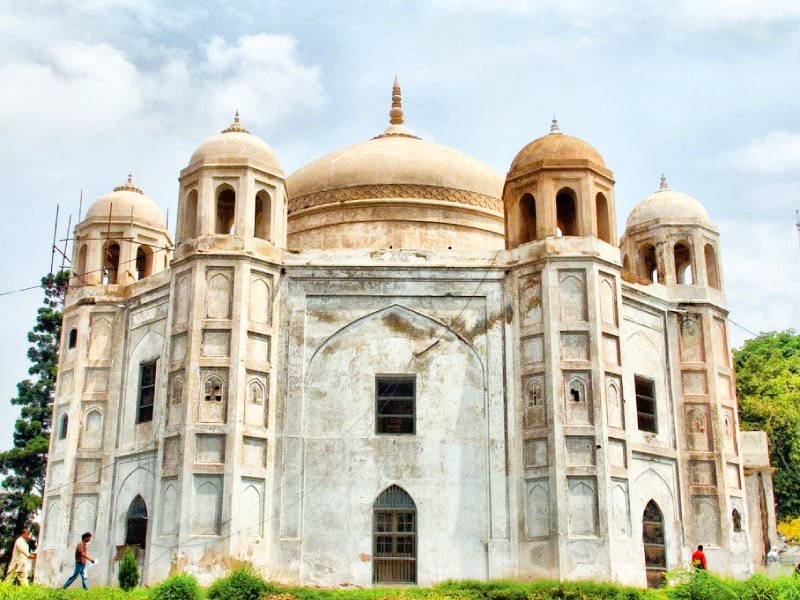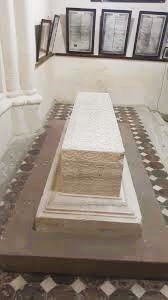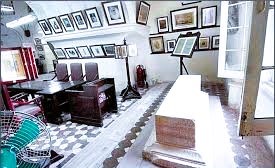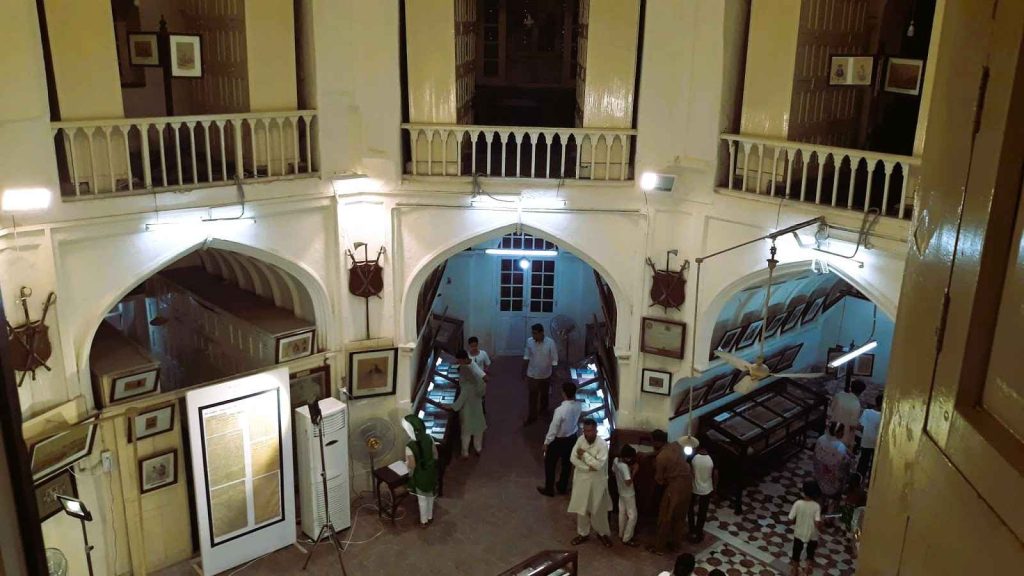Anarkali Tomb Lahore: A Timeless Historical Marvel

The Anarkali Tomb Lahore is a timeless masterpiece of Mughal architecture that tells a story of love, mystery, and history. Nestled in the heart of Lahore, this tomb has captured the imagination of historians, tourists, and locals for centuries. It stands as a testament to the grandeur of Mughal art and the fascinating tales of the bygone era. In this article, we will explore the rich history, architectural brilliance, and cultural significance of the Anarkali Tomb Lahore.
Historical Background

The Anarkali Tomb Lahore is enveloped in a romantic yet tragic story. The tomb is believed to be the resting place of Anarkali, a woman of extraordinary beauty whose love for Prince Salim (later Emperor Jahangir) defied societal norms. According to legend, Anarkali was a dancer in the Mughal court, and her love affair with the prince angered Emperor Akbar. As punishment, she was sentenced to death, allegedly buried alive within a brick wall.
Although some historians debate the authenticity of this story, it adds a layer of intrigue to the Anarkali Tomb Lahore. The tomb was built during Jahangir’s reign, possibly as a symbol of his undying love and sorrow for Anarkali. While the romantic tale makes this site captivating, the historical significance of the tomb goes beyond its legendary narrative.
Architectural Splendor
The Anarkali Tomb Lahore showcases the finest features of early Mughal architecture. Built in the 16th century, this octagonal mausoleum is a striking example of symmetry, elegance, and craftsmanship. The white marble structure is adorned with intricate carvings, delicate floral patterns, and inscriptions in Persian that are said to express Jahangir’s grief.
Key Features of the Tomb
- Octagonal Design: The tomb’s unique eight-sided structure represents Mughal architectural innovation. Each side is symmetrical, reflecting the artistic precision of the era.
- Dome: The tomb is crowned with a large dome, which adds grandeur and creates a sense of serenity. The dome was a signature element of Mughal architecture, symbolizing the heavens.
- Marble Inlay Work: The intricate marble work inside the tomb is mesmerizing. The floral motifs and calligraphy reflect the sophistication of Mughal artisans.
- Garden Setting: Originally, the Anarkali Tomb Lahore was surrounded by a lush garden. Although much of the garden has been lost over time, the remaining space still provides a glimpse of the Mughal passion for landscaped beauty.
Location and Current Use

The Anarkali Tomb Lahore is situated near the Civil Secretariat in Lahore, making it accessible to visitors who wish to explore the city’s historical treasures. Over time, the tomb has been repurposed for various uses. During the British colonial era, it served as a church, and later, it was used as an archive. Despite these changes, the tomb has retained its historical essence.
The Punjab Archaeology Department is currently in charge of overseeing the tomb as a protected heritage monument. Efforts are being made to preserve its structure and restore its original beauty, ensuring that future generations can witness this architectural gem.
Cultural Significance
The Anarkali Tomb Lahore is more than just a historical monument; it is a symbol of Lahore’s rich cultural heritage. It represents the city’s connection to the Mughal era, a period marked by artistic excellence, architectural innovation, and romantic tales. The tomb attracts history enthusiasts, architecture lovers, and tourists from around the world, making it a crucial part of Lahore’s cultural identity. The Lahore Fort showcases Mughal grandeur, while the Anarkali Tomb stands as a poignant symbol of love and timeless architectural beauty
Visiting the Anarkali Tomb Lahore offers an opportunity to step back in time and experience the grandeur of the Mughal dynasty. It also acts as a reminder of the strength of love and the timeless significance of human emotions that cut across time.
Restoration and Preservation

Preserving the Anarkali Tomb Lahore is essential to maintaining its historical and cultural significance. Over the years, the tomb has faced challenges such as environmental damage, neglect, and urban development. However, efforts by the government and heritage organizations aim to protect this valuable site.
Recent restoration projects have focused on cleaning the marble surfaces, reinforcing the structure, and improving the surrounding area. These initiatives not only protect the tomb but also enhance its appeal as a tourist destination. By preserving the Anarkali Tomb Lahore, we ensure that its story and beauty continue to inspire generations.
Why Visit the Anarkali Tomb?
The Anarkali Tomb Lahore is a must-visit for anyone interested in history, architecture, or cultural exploration. Here are some reasons to add it to your travel itinerary:
- Historical Insight: The tomb provides a glimpse into the Mughal era and its architectural brilliance.
- Architectural Beauty: The intricate design and craftsmanship of the tomb are awe-inspiring, making it a paradise for photographers and art lovers.
- Cultural Experience: Visiting the tomb allows you to connect with Lahore’s rich heritage and the stories that define its past.
- Tranquility: The tomb offers a peaceful environment, making it a perfect escape from the hustle and bustle of the city.
Conclusion
The Anarkali Tomb Lahore is a treasure trove of history, architecture, and culture.Both locals and visitors find it to be an attractive location because of its romantic legend, beautiful architecture, and lasting legacy. By visiting this iconic monument, you not only appreciate the grandeur of the Mughal era but also contribute to the preservation of Pakistan’s rich cultural heritage.
In a city filled with historical landmarks, the Anarkali Tomb Lahore stands out as a symbol of love and artistry. Whether you are a history buff, an architecture enthusiast, or a curious traveler, this tomb offers an unforgettable experience. Make sure to explore this timeless masterpiece and immerse yourself in the stories that bring it to life.